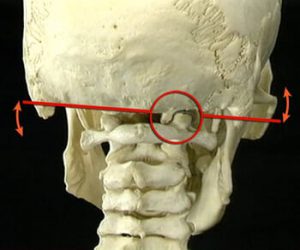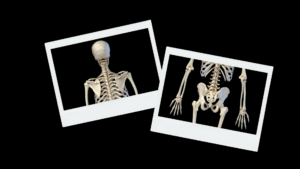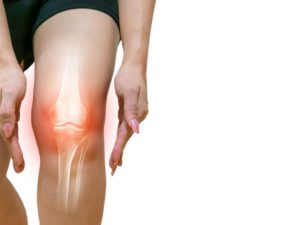The miracle of motherhood is eloquently expressed when observing how perfectly designed the female body is to conceive, birth, and nurture a child. Following conception, a woman and her unborn baby join in an oceanic blend of energy and identity; where one ends and the other begins no one knows. However, there does appear to be an innate wisdom that uses the nervous system as a conduit to transmit electrical impulses of intelligence to all of our bodily systems that maintains mother and child in a state of homeostasis and balance. Regrettably, mechanical pressure on the central nervous system by distorted cranial bones and spinal structures can cause problems with the normal transmission of this intelligence. Since all of the mother’s systems and organs are now providing for two, it is obvious that optimal posture and functioning is critical for the healthy development of the baby.
We begin our adventure into motherhood by introducing some very intriguing theories detailing how third trimester fetal positioning in the womb may create aberrant adult postural patterns, just like the ones seen daily in our offices and clinics. Basic hands-on pelvic balancing and trunk stabilization routines taken from my Advanced Myoskeletal Techniques textbook are also included so therapists can aid expectant mothers in their pursuit for a healthy, happy, delivery. But before covering the various postural theories and techniques, a brief overview of the remarkable art of birthing requires thoughtful consideration.
Fetal Lie and Posture

The embryo pierces the pelvis in what is medically termed a left occiput anterior (LOA) or left fetal lie position. The baby usually remains in this “normal” primary fetal posture throughout labor and delivery although a variety of movements are common during the entire birthing process. In the left fetal lie configuration, the baby head is inferior, flexed and rotated left with arms and legs curled to accommodate restrictions in the uterine cavity. Figure 2 illustrates a typical vertex positioned baby with head turned left. The small figure on the right shows the left occipital ridge resting easily on the pubic bone. However, as the embryo starts normal rotational movements in the womb, the left side of the head will eventually face posteriorly. The most compact profile for the fetus is for the arms and legs to curl in opposing directions with a resultant rotation along a longitudinal axis. Some authors including Ida Rolf, PhD, J. Gordon Zink, DO, and Fred H. Previc, PhD have found this rotational fascial bias to be an important factor in determining the eventual shape of the fetus. It appears that as the baby grows from infancy into adulthood, it expands in size but still retains ingrained embryologic rotational fascial preferences.
When testing for rotational fascial patterns, bodyworkers typically find the head rotates easiest to the left at the occipitoatlantal joint and right in the lumbosacral location. Due to fetal positioning, it is likely that fascial patterning does actually commence in the womb during the final trimester of birth. Moreover, individual variations in fetal lie seem to become increasingly vital as the embryo’s body takes shape.
Cerebral Lateralization
During the typical act of walking, maternal acceleration repeatedly forces the head of the baby to translate posteriorly through a process called fetal inertia. Repeated left-sided cerebral stimulation increases neurologic activity in the vestibular (balance) apparatus of the baby. Prolonged left-sided inertial pressure is thought to cause increased secretion of connective tissue fibers resulting in early maturity and development of the left side of the vestibular system and subsequent right motor dominance…
Erik Dalton, Ph.D., Certified Advanced Rolfer, founded the Freedom From Pain Institute and created Myoskeletal Alignment Techniques to share his passion for massage, Rolfing, and manipulative osteopathy.
Read More ~
http://erikdalton.com/media/published-articles/miracle-of-motherhood/
On sale this week only!
Save 25% off the "Dalton Technique Treasures" eCourse
The “Dalton Technique Treasures” eLearning course is a compilation of some of Erik’s favorite Myoskeletal Alignment Techniques (MAT). Learn MAT techniques to assess and address specific sports injuries, structural misalignment, nervous system overload, and overuse conditions. ON SALE UNTIL July 29th! Get Lifetime Access: As in all our eLearning courses, you get easy access to the course online and there is no expiry date.







